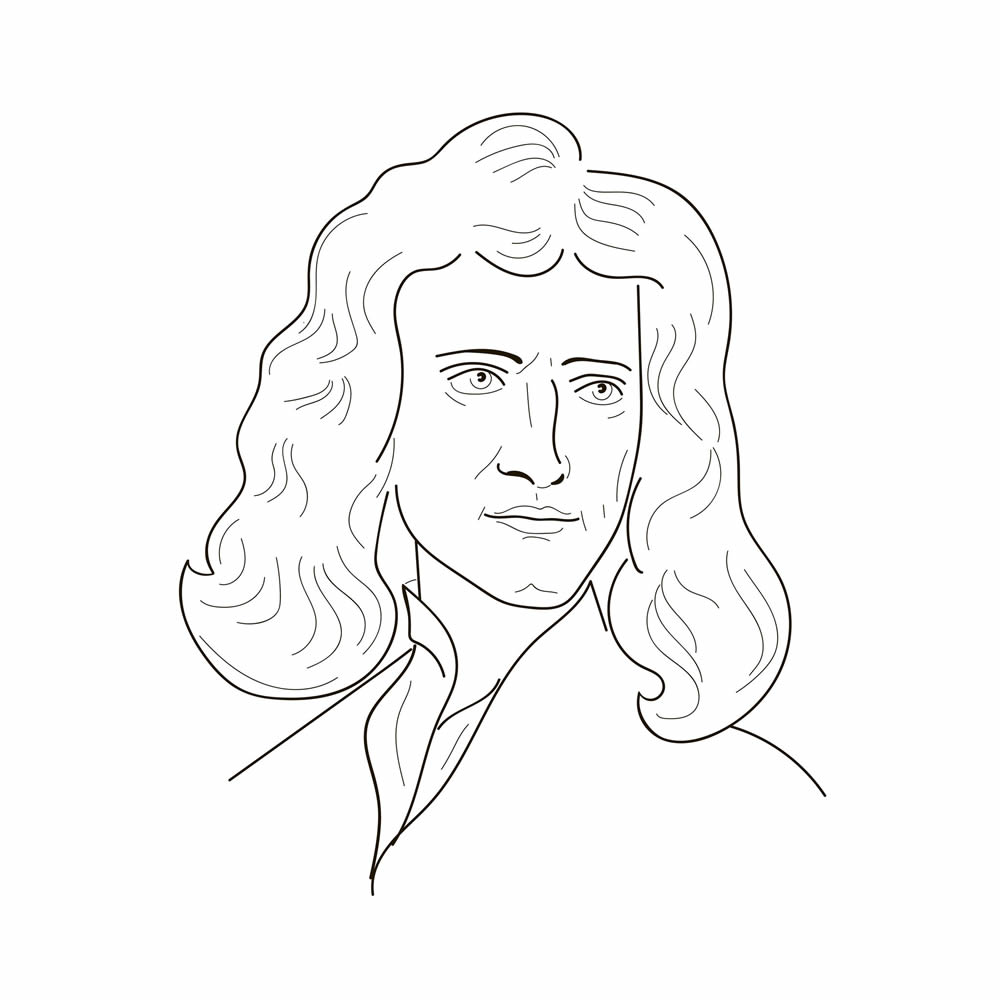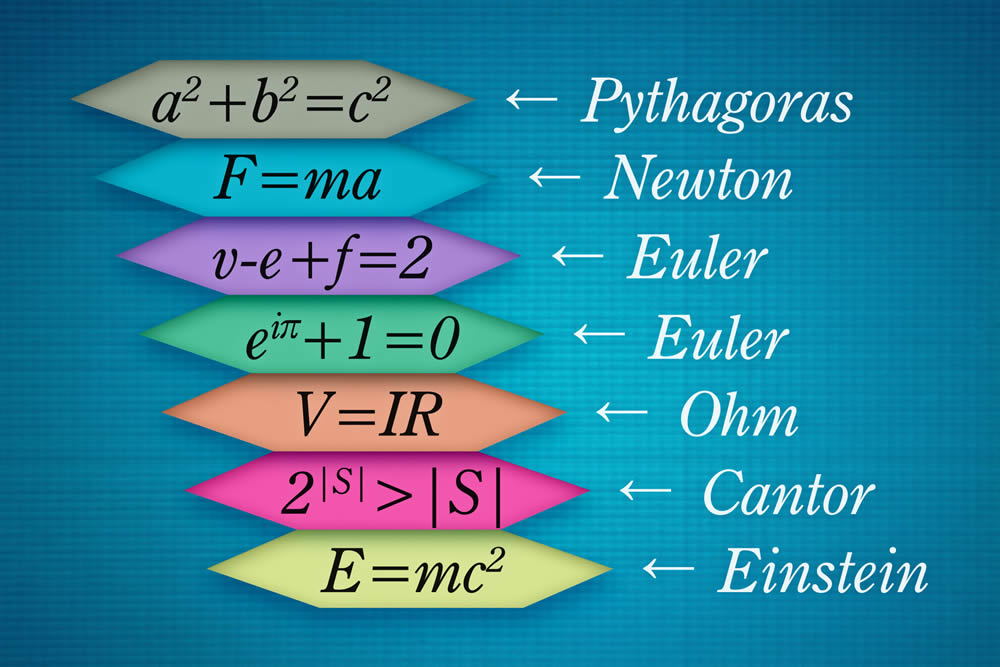The Other Side of Math
∞ APPENDIX B ∞
PREVIEW of OSOM STEP 4
Inspiring Examples for Kids to Learn From:
The History of Mathematics and
Mankind’s Math and Science Greats
 Sir Isaac Newton
Sir Isaac Newton
English Mathematician and Physicist
INSPIRE: TO ENCOURAGE SOMEBODY TO GREATER EFFORT, ENTHUSIASM OR CREATIVITY. (ENCARTA WEBSTER’S DICTIONARY)
INSPIRATION: 1) STIMULATION FOR THE HUMAN MIND TOWARDS CREATIVE THOUGHT OR TO THE MAKING OF ART; 2) SOMEBODY OR SOMETHING THAT INSPIRES SOMEBODY TO CREATIVE THOUGHT OR TO THE MAKING OF ART.
Math, as known and used in the year 2017, did not just happen; it was created by men and women of genius and courage. The honor role of people, places and ideas includes Sumer, Babylonia, Egypt, Greece, Rome, Maya, China, India, and, of course, the great Islamic mathematicians of the Middle East — before entering Europe during the Middle Ages and the Renaissance.
Essential ideas, skills, and tools that are now commonplace in today’s elementary and high school textbooks evolved after centuries of thought and work by the great mathematicians of ages past.
 THE PRODUCT OF STEP 4
THE PRODUCT OF STEP 4
The product of Step 4 is a student who has stepped further out of the mathematical box formed by his textbooks, teachers and exams. On step 4, he gains an in-depth look at a wide, wide world of math. He realizes that people, places, ideas and possibilities exist far beyond the limits of his textbook, his fellow students, his teacher and his school.
He now understands the history of math in relation to the specific math he has been learning since kindergarten.
He has acquired an appropriate degree of admiration and respect for the math-and-science greats whose wisdom led to the development of the science of mathematics and/or who applied it to understand and conquer the physical universe in such a way that all mankind has benefited.
Step 4 intentionally develops the ability to question the validity of even the most important milestones of math. Thus, though he respects and admires these great men, he still retains an exterior viewpoint and personal position sufficient to question the validity of what they discovered, created and/or developed.

Albert Einstein
The first scientist to accurately formulate
the equivalence of mass and energy (E =MC2)
 THE USE OF VISUAL PRESENTATIONS
THE USE OF VISUAL PRESENTATIONS
At the core of Step 4 should be exceptional visual presentations of the lives of the great INDIVIDUAL mathematicians as well as other scientists whose work depended upon the use of and improvements in mathematics. Students need to be inspired by the dramatic details of the lives of great mathematicians and scientists such as Archimedes, Copernicus, Galileo, Newton, Faraday, Einstein, etc. not only from chapters in illustrated and well-written (written at a level of language suitable for an individual student’s age and abilities) history books, but as striking, living embodiments of values such as courage, passionate involvement, truth, personal integrity, creativity, self-confidence and freedom of thought.
To achieve this level of inspiration, twenty-first century, math and science teachers have a vast array of technology on their side. This is best accomplished visually as stories told with words, music and moving pictures. That means full-length movies, short films, YouTube presentations etc. In this way, students will be inspired and empowered to recognize that they, themselves, can achieve a level of greatness in keeping with their own abilities and ambitions.


